Building Our Own Equipment: When Chemistry and "Making" Collide!
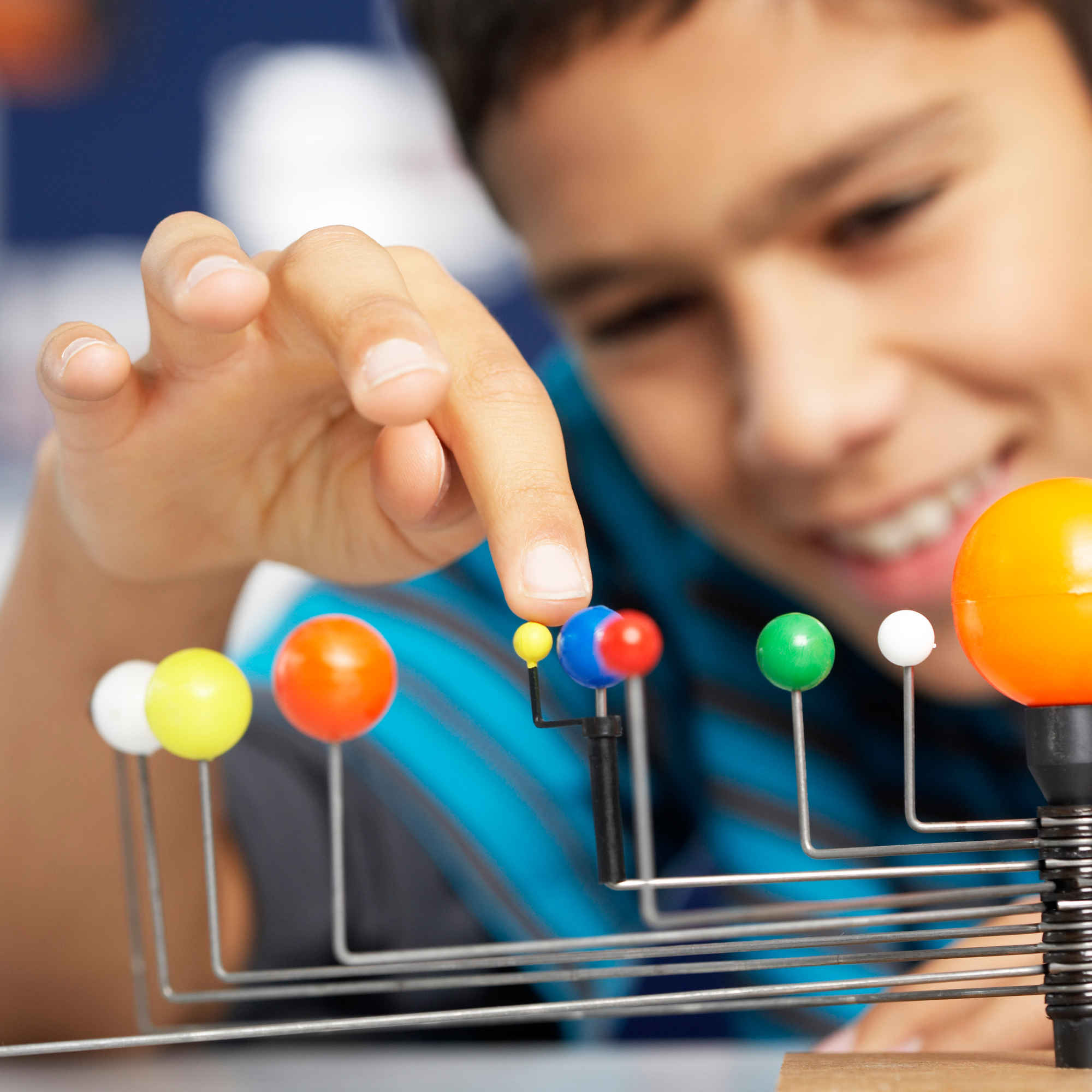
As a science teacher I struggle with the tension between being "innovative" and the benefits of practical, simple, efficient system. This dichotomy is amplified when, for me, choosing between more advanced sensors (temperature, conductivity, etc.) such as those provided companies like Vernier and Pasco.
Anecdotally have found that, rather than leveraging the types of interfaces described above, when I have students design and built their own interfaces they learn more about not only the data they are measuring, but in building the equipment, they develop an appreciate and knowledge of the intricacies involved in capturing the data. This became clear to me when I had students create their own Titration Drop Counter last school year.
Albeit not as specific nor aesthetic, the mere act of going this process, I argue, is more meaningful for high school students where the risks associated with inaccurate data collection is low, but the risks of information gaps or underdeveloped conceptual understanding of content, is high. To this end, I have chosen one piece of equipment for each of the 6 units in my 10th grade chemistry class, for students to build and leverage in their laboratory investigations. Below is a list of each piece of equipment, and an associated link that students will use for construction information and hints.
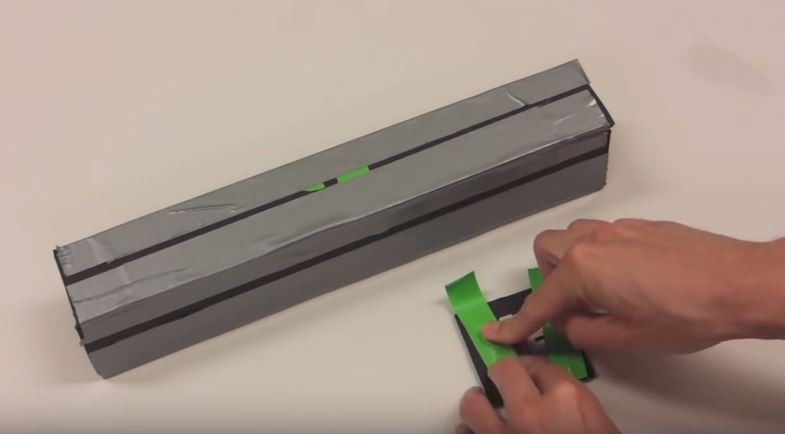
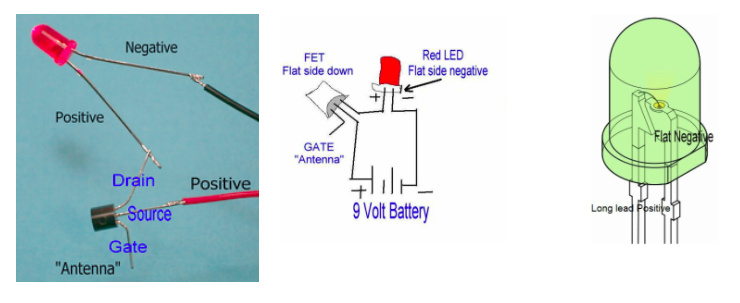
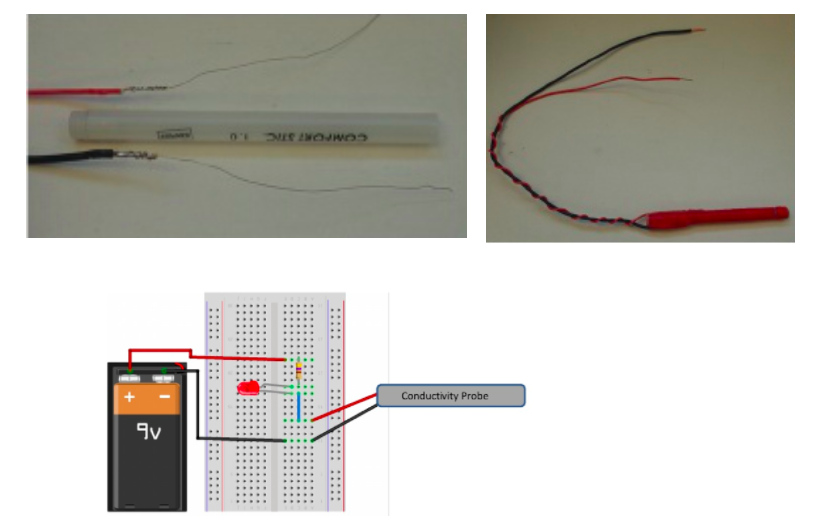
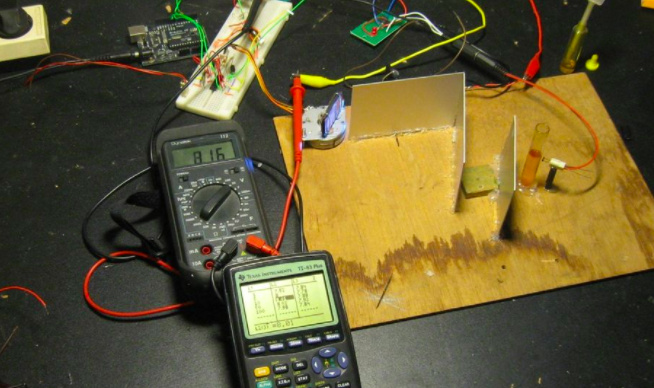
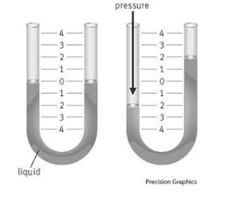
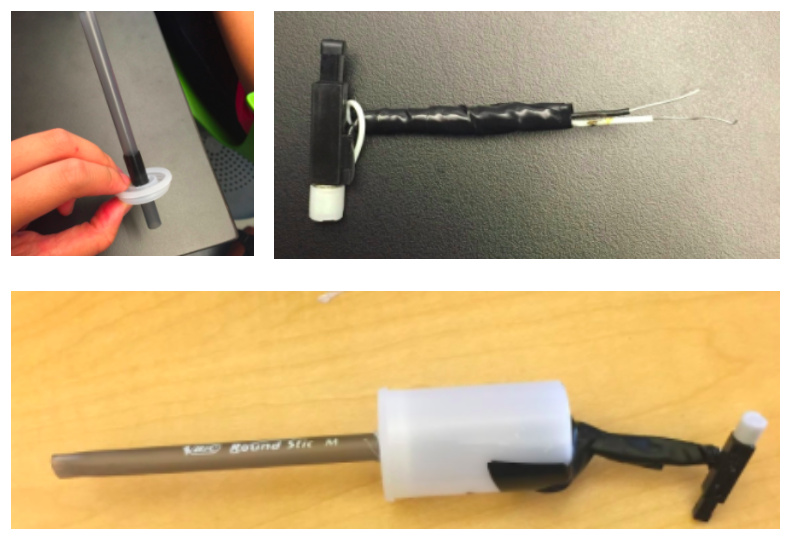
cross posted at www.cyclesoflearning.com
Ramsey Musallam teaches science and robotics at Sonoma Academy in Santa Rosa, California, with the aim of fostering inquiry-based learning environments fueled by student curiosity. He presents widely on sparking student curiosity and teaching with technology. Musallam is a Google Certified Teacher, a YouTube Star Teacher, and a Leading Edge Certified Teacher. Watch his TED talk here and read his blog at www.cyclesoflearning.com.
Tools and ideas to transform education. Sign up below.
